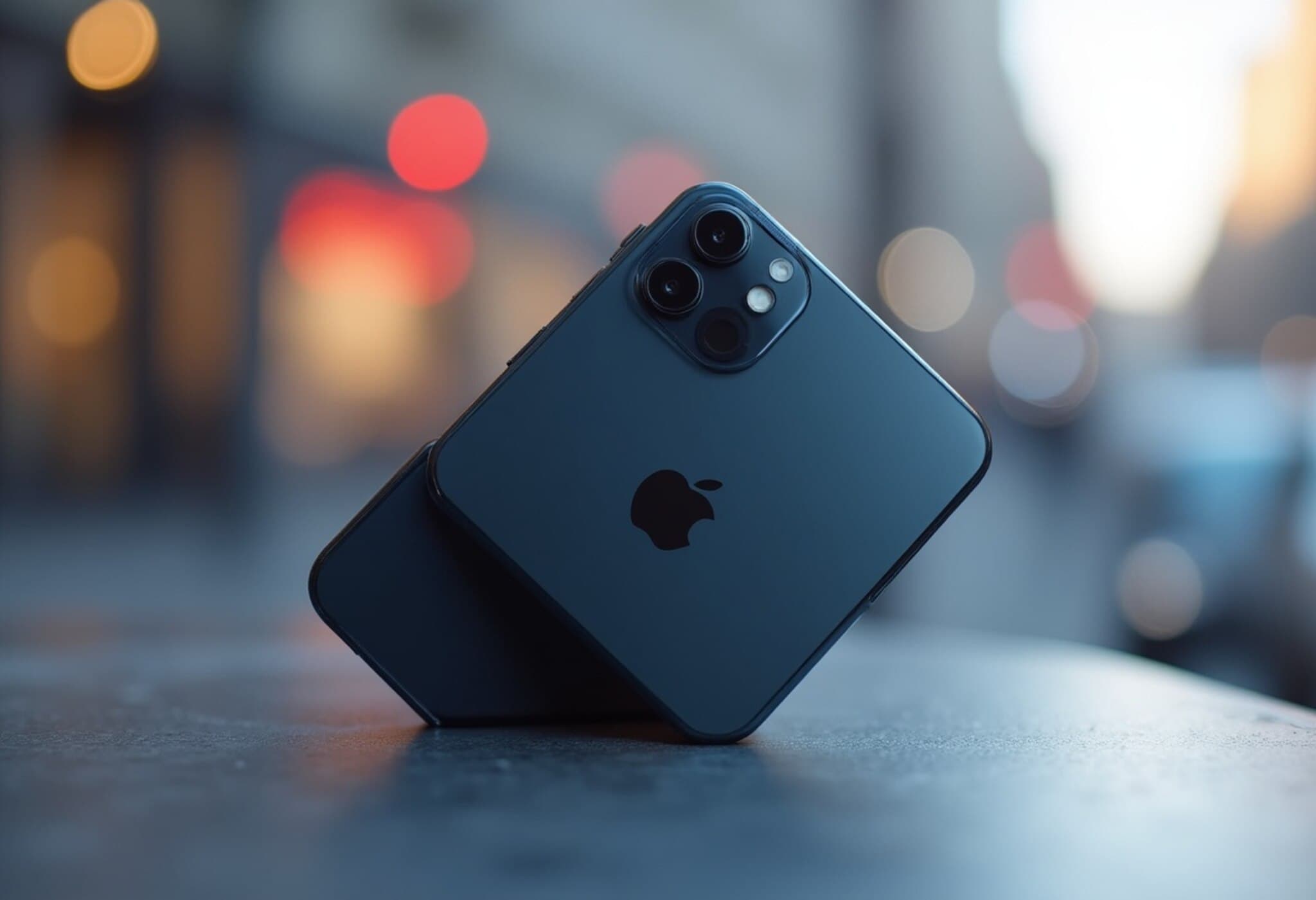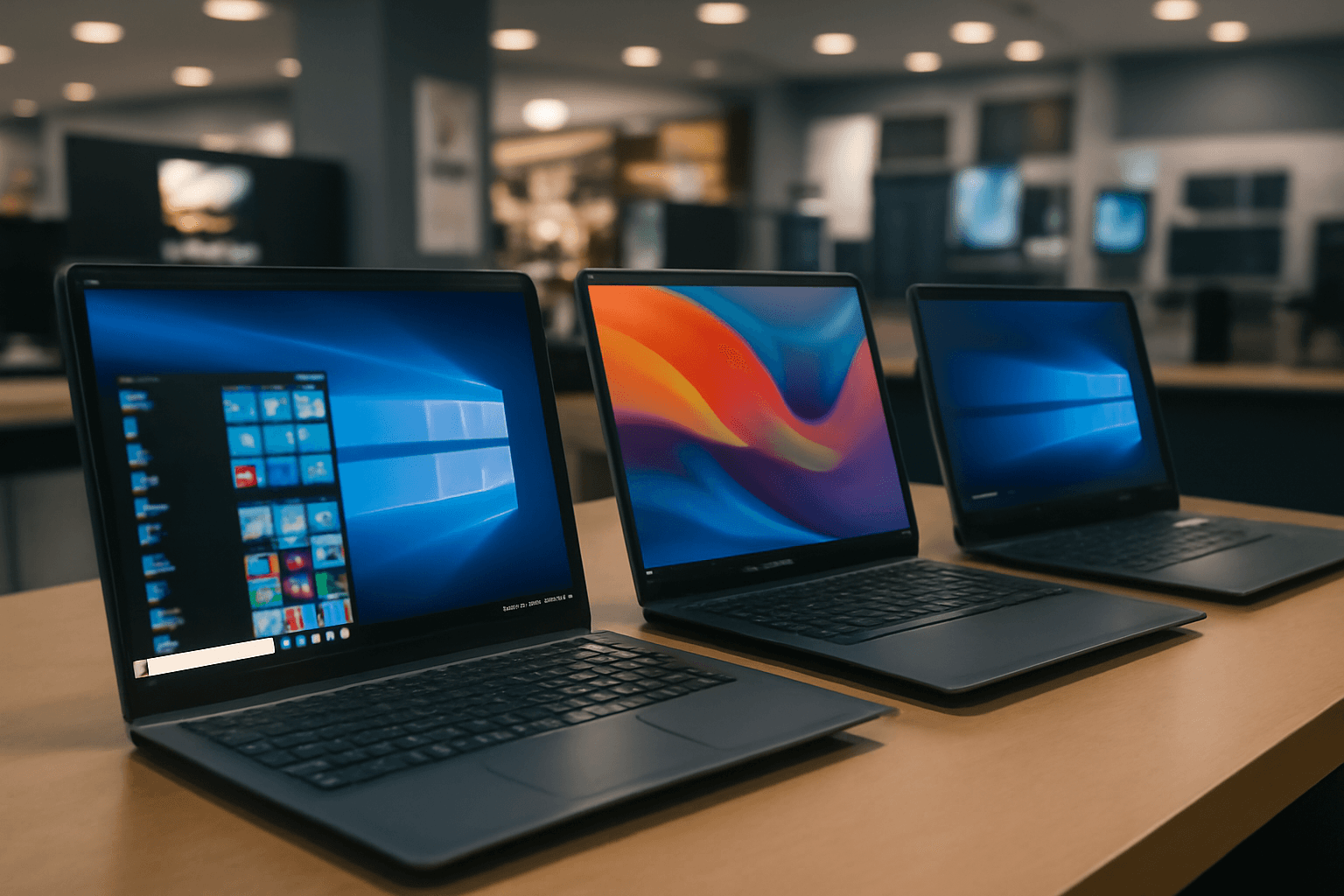Samsung Introduces Three Innovative Foldable Phones Amid Rising Competition
On July 9, 2025, Samsung made waves in the smartphone market by launching three new foldable devices designed to captivate consumers and solidify its foothold in a rapidly evolving segment. With the Galaxy Z Fold 7, Galaxy Z Flip 7, and a more affordable Galaxy Z Flip 7 FE, the South Korean tech titan aims to stay ahead of burgeoning competitors, especially Chinese brands like Honor and Oppo, which have been aggressively targeting the foldable market.
Thinner, Lighter, and Larger: The Galaxy Z Fold 7 Steps Up
The standout of Samsung’s latest lineup, the Galaxy Z Fold 7, underscores the company’s commitment to refining design and performance. Measuring just 8.9 millimeters thick when folded and an astonishing 4.2 millimeters when unfolded, the Fold 7 is impressively slim and weighs only 215 grams, matching rivals including the Honor Magic V5 and Oppo Find N5.
A significant upgrade in screen real estate is a highlight — the device boasts a 6.5-inch cover display and an expansive 8-inch foldable main screen, appealing to multitaskers and mobile professionals. The camera system reflects premium ambitions, equipped with a 200-megapixel main sensor, 10-megapixel telephoto lens, 12-megapixel ultra-wide camera, and two 10-megapixel front cameras to enhance video calls and selfies on both screens.
Yet, Samsung has taken a cautious approach with battery capacity, equipping the Fold 7 with a 4,400 mAh battery. This is notably smaller compared to the 6,100 mAh and 5,600 mAh batteries found in its Chinese competitors, potentially impacting longevity. Samsung counters this with software optimizations promising up to 24 hours of video playback. The device will be priced starting at £1,799 (approximately $2,434) in the U.K., a price point that positions it firmly in the premium foldable market.
Galaxy Z Flip 7 and the Affordable Flip 7 FE: Style Meets AI Innovation
The clamshell-style Galaxy Z Flip 7 also sees considerable refinement. Thinner than its predecessor at 6.5 millimeters unfolded, it offers a 4.1-inch cover screen for quick notifications and a sizable 6.9-inch main display. Photography enthusiasts will appreciate its 50-megapixel main rear camera paired with a 12-megapixel ultra-wide sensor and a 10-megapixel front-facing camera.
Battery life receives a boost with a 4,300 mAh cell promising up to 31 hours of video playback — a meaningful upgrade for users who prioritize media consumption on the go. Consumers seeking value can opt for the Galaxy Z Flip 7 FE, a slightly smaller and thicker variant priced from £849, which makes foldable tech more accessible without sacrificing core features.
Artificial Intelligence Elevates User Experience
Samsung is doubling down on AI, integrating Google’s Gemini language model and its custom Snapdragon 8 Elite chip tailored for enhanced on-device AI processing. This synergy powers intelligent camera features such as automatic erase suggestions for unwanted people or objects in photos and an audio eraser that cleanses background noise from videos, enhancing social media content creation.
Intriguingly, the Galaxy Z Flip 7 can summon Google’s AI assistant Gemini Live overlaying the camera app while recording live video, providing fashion recommendations and real-time style tips—a novel feature aimed at personalizing user engagement.
Market Context: The Challenge of Sustaining Foldable Leadership
Samsung’s foldable market share slipped to 45% in 2024 from 54% the previous year, driven largely by fierce competition from Chinese brands like Honor and Oppo. According to Counterpoint Research, while approximately 17.2 million foldables were sold globally last year, nearly half those sales came from mainland China alone.
Sheng Win Chow, a senior analyst at Counterpoint Research, emphasizes that physical appeal alone won't suffice to lure mainstream users away from traditional smartphones. "Lasting leadership depends on redefining what foldables do, not just how they look," he noted. The next battleground lies in software innovation and offering truly unique, foldable-specific experiences that tap into the form factor’s full potential.
Looking Ahead: The Future of Foldables in an Evolving Market
Samsung’s latest foldables reflect an ongoing arms race in design sophistication and AI integration, signaling the company's determination to retain its market dominance. However, balancing cutting-edge aesthetics, competitive pricing, and meaningful software differentiation remains crucial.
For American consumers and the global market, Samsung’s advances highlight a pivotal moment: will foldables shift from niche curiosities to mainstream necessities? The industry's answer depends not only on engineering marvels but also on delivering intuitive, daily utility that transforms how we interact with mobile devices.
Samsung’s new foldables showcase impressive hardware evolution intertwined with cutting-edge AI. Yet, the foldable smartphone market’s sustainability hinges on pioneering software that creates unique user experiences beyond slender builds. As Chinese competitors close the gap in design and price, the coming years will test Samsung’s ability to innovate meaningfully and maintain consumer loyalty in a crowded field.
Are foldables ready for prime time, or do they still need a breakthrough application that justifies their premium tag? This story is still unfolding.











